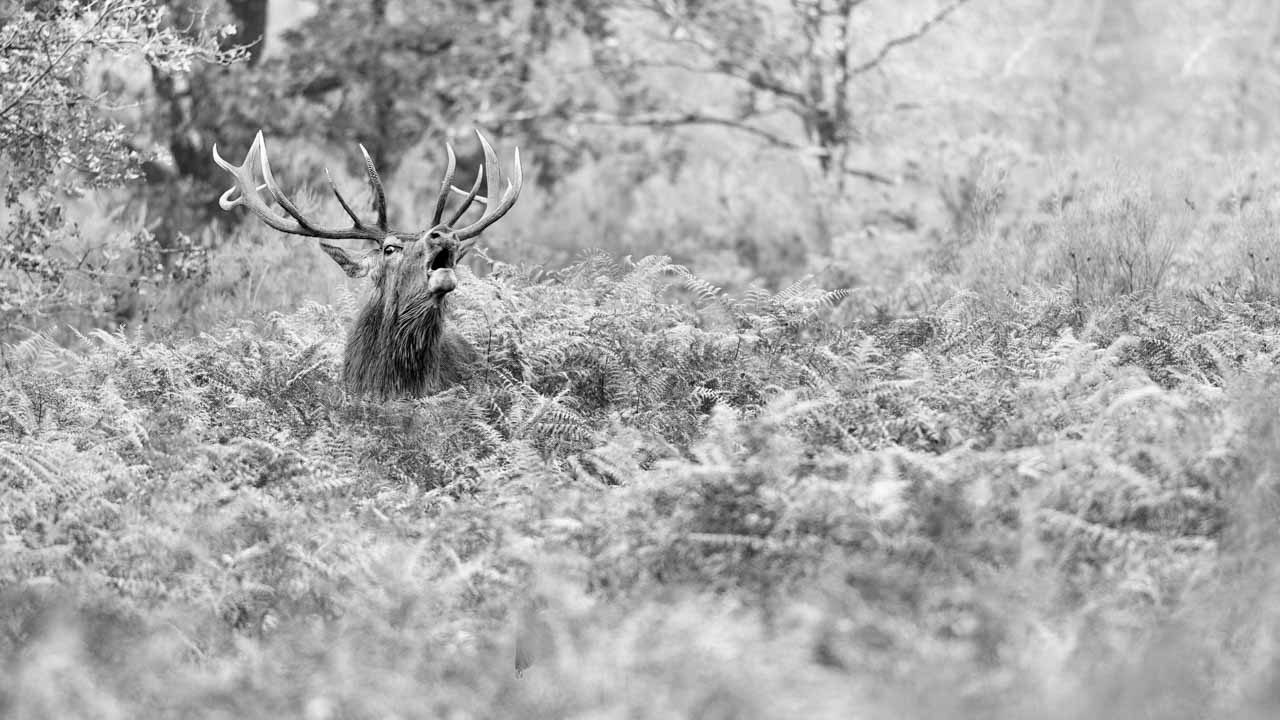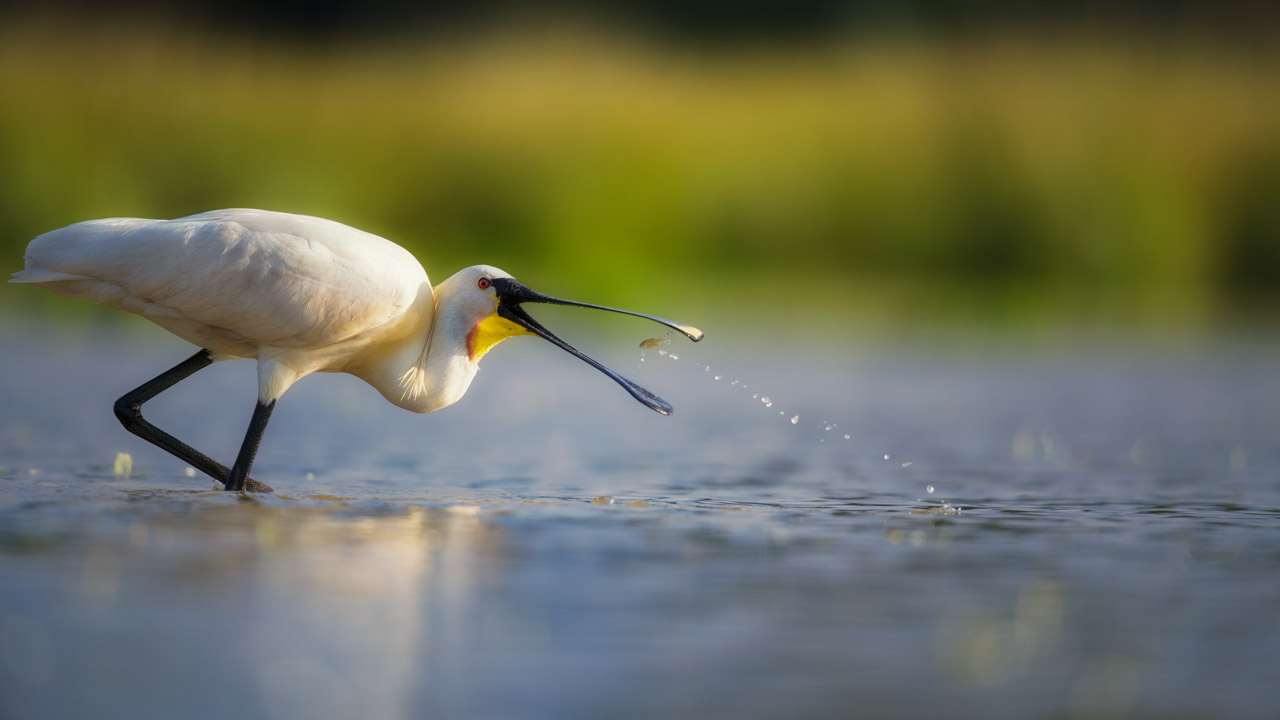Using the Concepts of the Decisive Moment and Momentum to Give Impact to Your Photos
The decisive moment defined by Henri Cartier-Bresson and momentum are two important concepts that will allow you to give impact to your photos.
In this article, I share techniques with you on how to apply them in your field photography.
This article is a continuation of the ones dedicated to the 7 elements of art to use in your photos, the 8 principles of art applied to photography, as well as the concepts of studium and punctum.
This article will help you understand how to implement a new tool in your photography toolbox. By implementing it, you will make your photos even more interesting and instill in them true meaning.

Preamble
I often say during my photography conferences or workshops that in photography, everything has been done, but everything remains to be done or invented.
This statement often elicits smiles and raises questions. Through years of experience, I have learned that by delving into the past and the work of art or photography masters, it is possible to understand essential concepts, bring them up to date to create novelties, and make our photos even better.
The main problem we face is ourselves. Indeed, we think we know everything and have everything under control. We believe that having a camera in hand and pressing a button is enough to realize and create good photos. I still encounter people who say, "I took great photos. You should take a look."
When I do, I often see rehashed, classic, copy-paste images. And even when they are technically correct, we all suffer from a malady that is difficult to cure: our ego is oversized. In the preceding lines, I used the word 'we' because I include myself in this population afflicted with ego issues.
Over the years, I have been treating myself, and I am getting better. I regularly step out of my comfort zone. I explore. I let go.
I often tell myself that I know nothing, that I master no subject, that I must learn, again and again. That is how I started studying masters from various artistic disciplines, particularly photography. Gradually, I change. My ego shrinks.
This is how I learned to understand the photographer Henri Cartier-Bresson. I delved into his technique and way of being, learning a lot from his concept of the decisive moment. I extrapolated it into the concept of momentum, which is well suited to the atmosphere photography, one of my favorite subjects.
I will share this with you in the following paragraphs.
Henri Cartier-Bresson's Decisive Moment
Henri Cartier-Bresson was a French photographer associated with the humanist photography movement. He excelled in street photography, capturing picturesque or meaningful aspects of everyday life. Along with other photographers, he co-founded the cooperative agency Magnum Photos in 1947.
I encourage you to take an interest in Henri Cartier-Bresson because he had a unique sense of composition and a different way of photographing.
In 1952, Henri Cartier-Bresson published a photo album, 'Images à la sauvette!' In it, he discusses his work, particularly the decisive moment, where he develops his concept of photography.
It is a somewhat expensive book, but in my opinion, it is one of the best photo books ever published.
Here's how Henri Cartier-Bresson defines the decisive moment: "For me, the camera is a sketchbook, an instrument of intuition and spontaneity, the master of the instant which, in visual terms, questions and decides simultaneously. In order to 'give a meaning' to the world, one has to feel oneself involved in what one frames through the viewfinder. This attitude requires concentration, a discipline of mind, sensitivity, and a sense of geometry."
The evocation of the fraction of a second in this definition inspired an American publisher to translate 'Images à la sauvette!' as 'Decisive Moment.'
In another sentence, Cartier-Bresson writes:
To me, photography is the simultaneous recognition, in a fraction of a second, of the significance of an event, as well as of a precise organization of forms which give that event its proper expression.
Once again, the last sentence aptly conveys the idea of the decisive moment as the result of a precise organization of forms. Although I generally agree with Cartier-Bresson's text, I would nuance this statement.
Cartier-Bresson is primarily a documentary and street photographer. He was not interested in abstract or landscape photography.
The spontaneous feeling of plastic rhythms is not always a reality. Processes are slow and lengthy. It is at the end of a process that the ideal scene is obtained.
Now that you understand the general sense of the decisive moment, it is time to see how momentum, a concept somewhat different from the decisive moment, is defined. For you, as a photographer, it is another aspect of photography that will help you capture photos more precisely.
The Momentum
As I wrote in the previous paragraph, the decisive moment defined by Henri Cartier-Bresson is a moment that lasts a fraction of a second and will be frozen by a photographer in a photograph.
It is a brief moment that will not be repeated.
You must keep in mind that Cartier-Bresson was a documentary and street photographer. He primarily photographed human beings with specific facial expressions and attitudes at very precise moments. You had to be ready to capture the moment.
In landscape or abstract photography, this decisive moment does not always exist. However, photos expressing the relationship between our inner world and the external world are achievable.
Personally, I prefer to use the word 'Momentum.' It is a Latin word borrowed by the English language. It is found in expressions such as 'seizing the momentum,' 'creating momentum,' 'having the momentum.' It simply means taking advantage of the impulse of the moment, favorable circumstances.
Momentum suggests a rhythm, dynamism, a favorable conjunction. It is a long time, lasting. It is an extrapolation of the decisive moment because it is longer.
But it adheres to the same criteria as the decisive moment. I started using this word when I realized that I enjoyed photographing atmospheres.
As an example, I can mention misty morning atmospheres during the deer rut or on the ponds of the Dombes. It is also a morning landscape in a large American national park.
An atmosphere is a set of defining characteristics of the environment in which one finds oneself at a given moment. An atmosphere is also a moment. Imagine a clearing in a forest. The day is starting to dawn. The sun is making its appearance. The night has been cool. You are sitting, hidden, waiting for a stag to walk through the mist, bellowing.
This moment may last for 15 to 20 minutes. It is otherwise much longer than Henri Cartier-Bresson's decisive moment. This is what I call the momentum. It is a favorable confluence of elements: a dynamic impulse over an extended period.
You must be ready to capture this momentum. Similar to Cartier-Bresson's decisive moment or Roland Barthes' punctum, you cannot control it, set it up.
But you can anticipate it to freeze it in photography.
I will now share with you how to do that.
How to Use the Concepts of Decisive Moment and Momentum in Your Photos
I believe you have grasped that the decisive moment, as coined by Henri Cartier-Bresson, refers to a specific, fleeting moment that will not be repeated, while momentum is also a moment but one that lasts longer than the decisive moment (like an atmosphere).
Utilizing these two concepts can significantly enhance your photos by making them more captivating. I mean, grabbing the viewer's attention and holding it for at least 10 seconds. It is not as simple as it seems.
I think these two concepts are genuinely interesting for engaging viewers, enticing them to stop and contemplate your photos. They will not necessarily help you imbue your photos with meaning or convey emotions or messages; it is more related to framing and composition.
But when you create a photo, it must first be visible and catch the eye. Then comes the time for analysis, decryption, transmission, and meaning. These are two distinct phases.
To employ the decisive moment or momentum, you must be familiar with the terrain. This knowledge will help you understand the best lighting conditions, where to position yourself, and what events might unfold.
Terrain knowledge, whether in landscape, wildlife, or underwater photography, is absolutely essential.
The second thing to implement these concepts is patience and tenacity! You have to wait, wait, and wait some more.
Since these moments are unpredictable, they cannot be planned. But when they occur, you must be ready. You must be tenacious. Always return to a location you consider strategic. Never give up.
Patience and tenacity are two essential qualities for a photographer. Another crucial one is choosing the right perspective to photograph the scene.
You must position yourself correctly. If you choose the wrong place, the impact of the decisive moment or momentum will not be the same.
That is why the scene reconnaissance phase is essential. If you are not familiar with the terrain where you will be shooting, you will not be well-placed to capture the right moment, whether it's decisive or a momentum.
But keep in mind that true qualities are patience and tenacity. The decisive moment and momentum are the result of chance.
You cannot intervene. At that point, you become a spectator. But chance, much like luck, can be provoked. If you do not seek them, you will not find them. Go ahead, act.
Finally
I hope this article has opened your mind and will enable you to explore new creative paths.
The decisive moment and momentum are two concepts linked to luck, to chance. They allow you to create impactful photos. You will grab the viewer's attention. It is the first step to a successful photo.
Be patient and persistent in applying them and observe the results.
Never give up.
Be humble, patient, constant, persevering, and persistent because the road to excellence is long.


